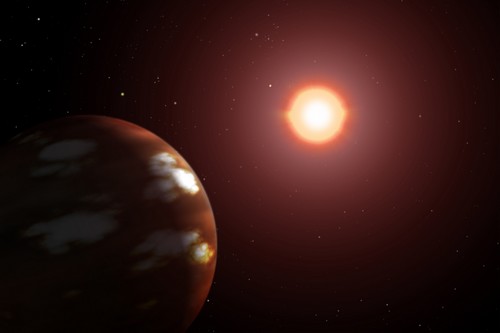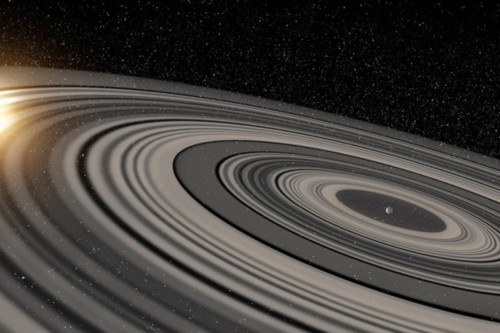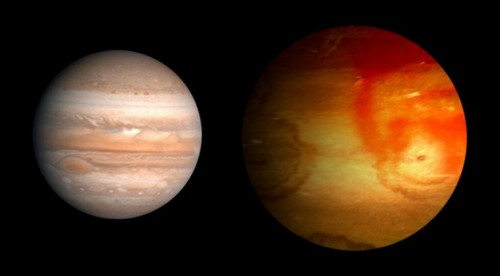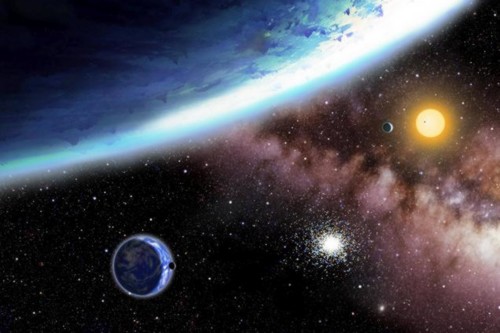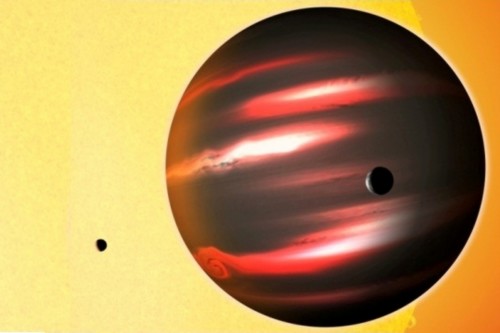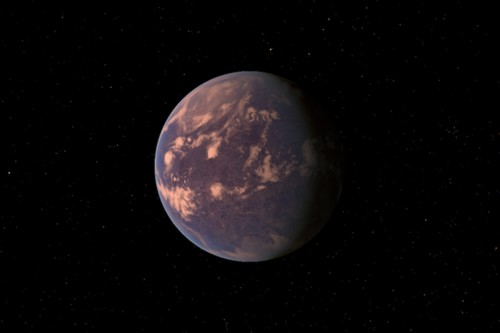1. The Diamond Planet
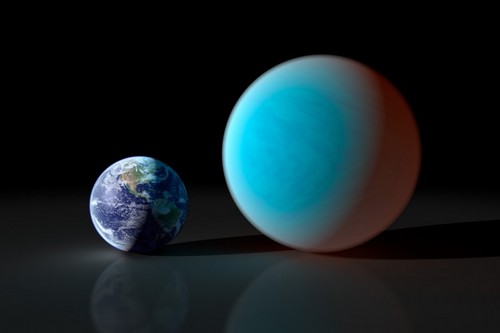
Discovered in 2004, 55 Cancri e, at twice the Earth’s size and eight times its mass, is called “Super Earth”. Aside from graphite and other silicates, its main component is diamond. It is made of crystallized diamond, with 1/3rd of its mass being pure diamond. Once a star in a binary system, its partner started eat at it, leaving only the gem core. Its temperature is 3900°F. Its Earth value is $26.9 nonillion, 384 quintillion times Earth’s GDP of $74 trillion. Mining only 0.182% of it would pay off the total debt of $50 trillion of all the governments in the world. They just have to travel 40 light years.
There are almost 2000
exoplanets in the universe that have so far been discovered. The
remarkable features of many of these strange and mysterious planets
outside the solar system often leave the world of science absolutely
confounded, when fact about the universe and it hidden planets sound
stranger than fiction.





